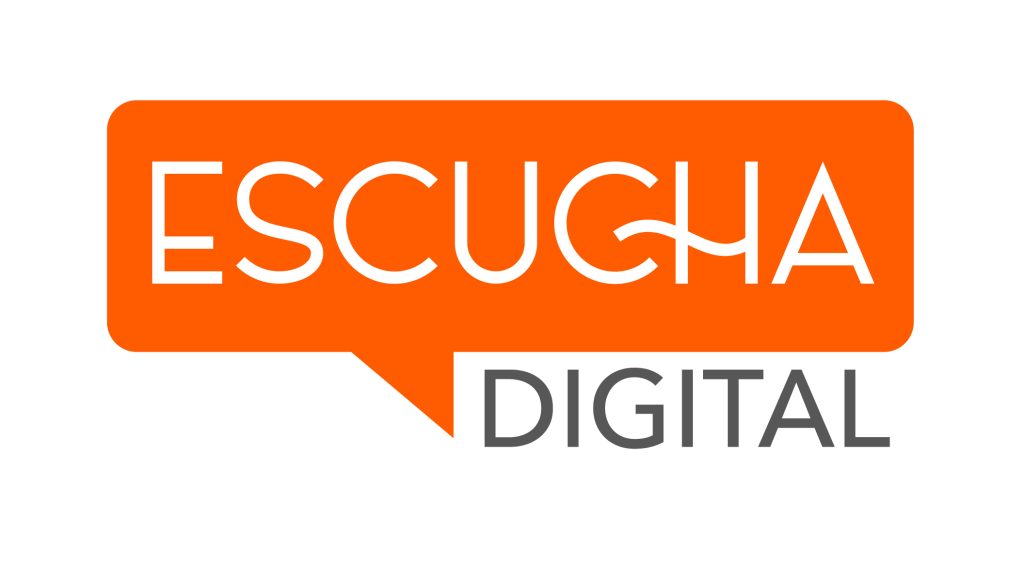But there are risks linked to opioid use — including severe constipation, nausea, dependence, misuse, opioid use disorder and accidental overdose. For example, opioid medicines may help when the pain level is very high and short term. Long-term use of any opiate — illegal or prescription — can lead to tolerance. This means you need to take more of the drug to get the same effects. And as you continue to use the drug, your body can become dependent on it.
OUD affects more than 2 million people in the U.S., including 3% to 20% of people using prescription opioids. However, those taking prescription opioids aren’t the only people at risk for developing OUD — anyone using opioids can become addicted. Too many people in the U.S. find themselves in this state of desperation because of opioid use disorder (OUD) — the medical condition that results when someone has an addiction to opioids.
Power of Collaborative Care
If an opioid is prescribed, let your healthcare team know if you had any trouble tapering off opioids in the past. If you’ve successfully tapered off opioid medicine in the past, taking opioids for a brief time — with guidance from your healthcare professional — may be OK. But ask about all nonopioid pain medicine options to treat your pain, including the benefits and risks. If you’re taking opioids and you’ve built up a tolerance, ask your healthcare professional for help.
- Your doctor might recommend scheduling nonopioid pain relievers and using opioids only for breakthrough pain.
- In severe cases of methadone addiction, a doctor may actually prescribe methadone during withdrawal.
- Detox facilities can monitor your health and make the process safe and more effective.
If you’d rather go through the withdrawal process at home, be sure to stay in close contact with your doctor. Tell them when you’re doing it, and before you start, discuss medications they could prescribe that might help you get through it. As you go through the process, be sure to report ongoing side effects to your doctor. Your healthcare professional may recommend combining your taper with counseling from an alcohol and drug counselor.
Common approaches used in treatment
One such voice is Senator Sánchez Cordero, who insists she still wants to see progress on laws to regulate marijuana and declassify naloxone, which stalled during the current government. But with the national election in June 2024, there is potential for a change in policy. The suspension on Psicofarma was lifted in August, but there is still a shortage of methadone in Tijuana. It is unclear what happened to the many others who lost their treatment.

Tapering can allow you to stop taking opioids without as many symptoms of withdrawal. OUD can impact many areas of a person’s life, including health, relationships, work and much more. With such a broad spectrum, it’s not surprising that OUD can look very different from person to person. People can develop OUD whether they are initially prescribed opioids or start with illegal opioids. This research is being conducted as part of the National Drug Abuse Treatment Clinical Trials Network, established and funded by the National Institute on Drug Abuse. This research network brings together researchers, medical and treatment providers, patients, and NIH staff to develop, test, and implement new addiction treatments.
What can policymakers do to combat the opioid epidemic?
Ask your healthcare team if you’re not sure when you can stop your opioid medicine. Once you have finished your supervised program, you may be prescribed an opioid antagonist drug like naltrexone (Revia, Vivitrol) or naloxone (Evzio, Narcan). These drugs block the effects of opioids in your brain, so you won’t get a euphoric feeling if you take them. We’ve known for some time that drug overdose deaths have been rising exponentially since at least the late 1970s – with different drugs predominating as the cause in different periods – and no end in sight.

Nonopioid pain relievers such as acetaminophen (Tylenol, others) and ibuprofen (Advil, Motrin IB, others) are safer and often as effective as opioids for managing pain. Your doctor might recommend scheduling nonopioid pain relievers and using opioids only for breakthrough pain. The lack of naloxone in Mexico has been made all the more dangerous by the ongoing shortage of methadone, another opioid provided to those who are trying to control or kick an addiction.
What You Need to Know About Meth Withdrawal
When used correctly under a health care provider’s direction, prescription pain medicines are helpful. However, misusing prescription opioids risks dependence, addiction, and overdose. Fortunately, my primary dentist, opioid addiction treatment Dr. Dennis Bohlin, is himself in recovery and was able to help me navigate these risks. There is much misinformation about how opioid pain treatment affects people in recovery and those at high risk of addiction.
